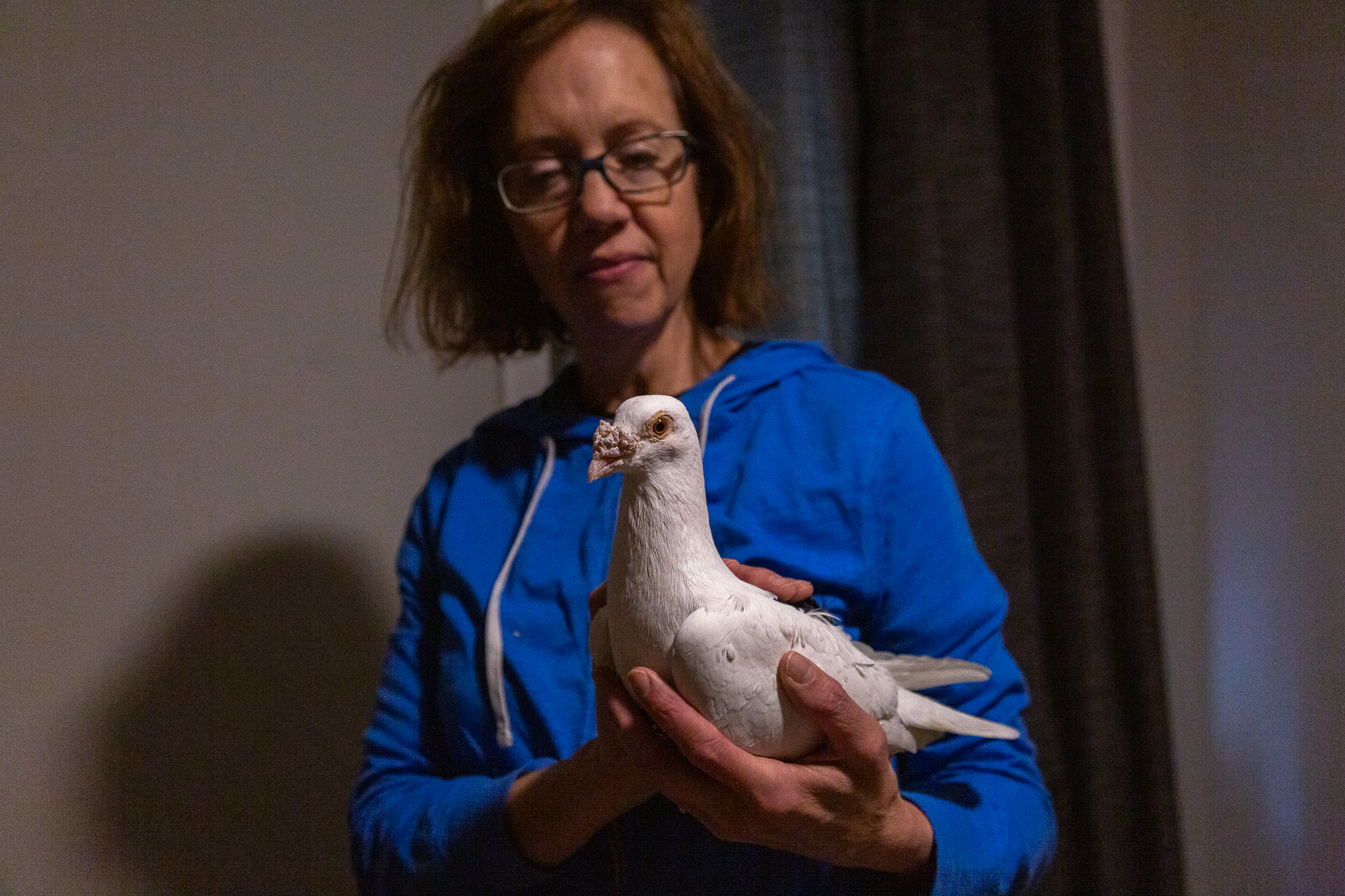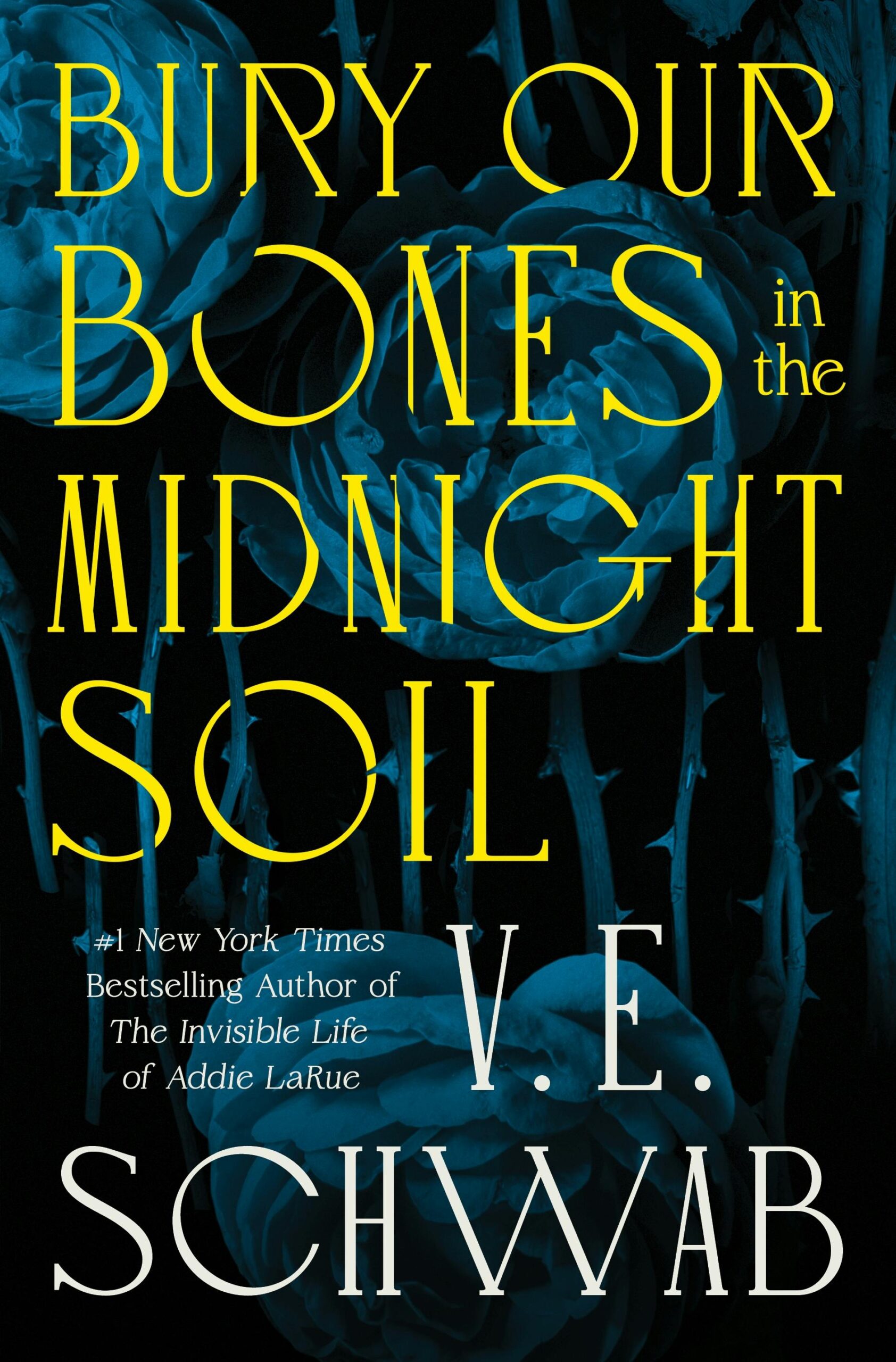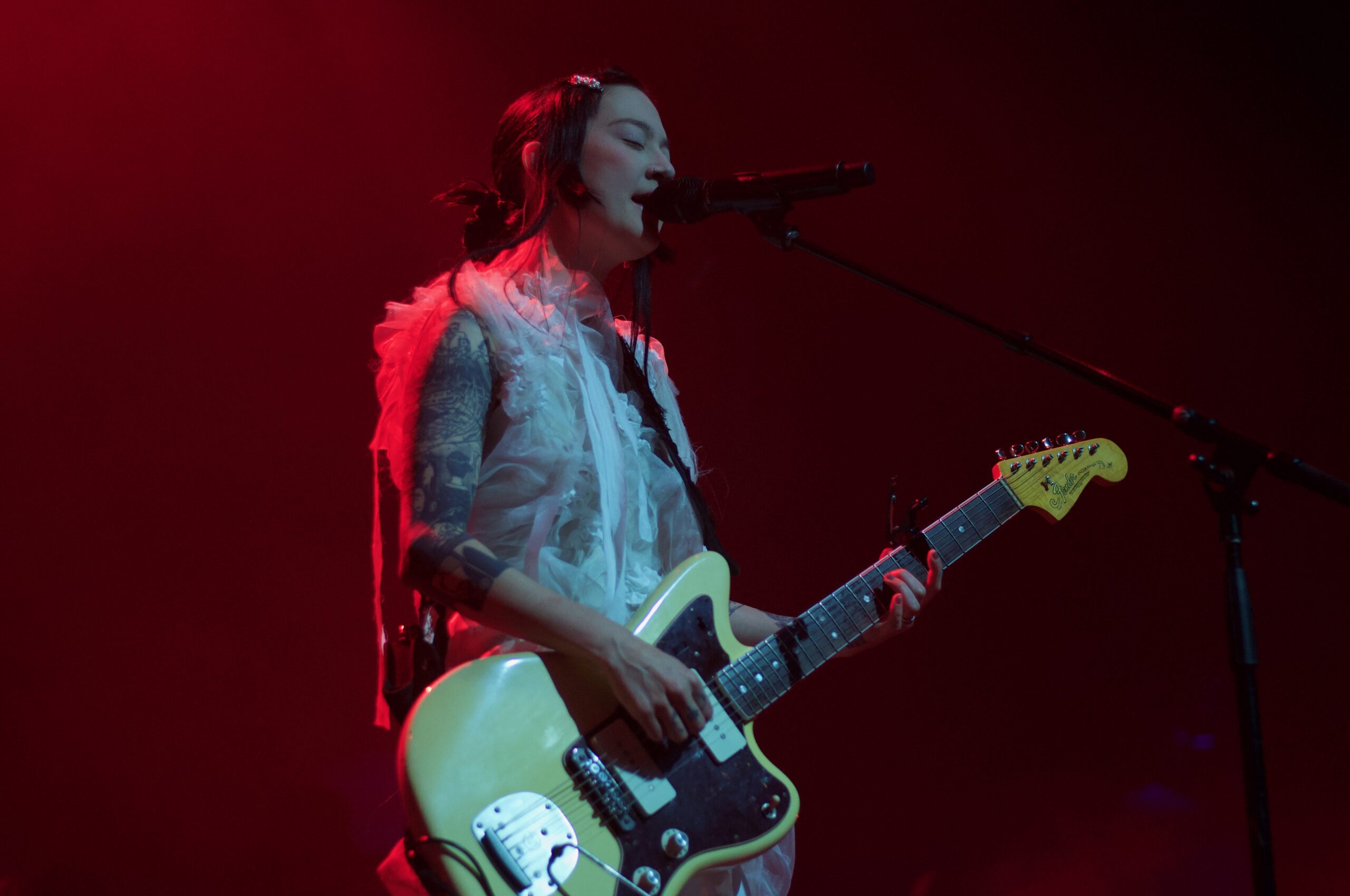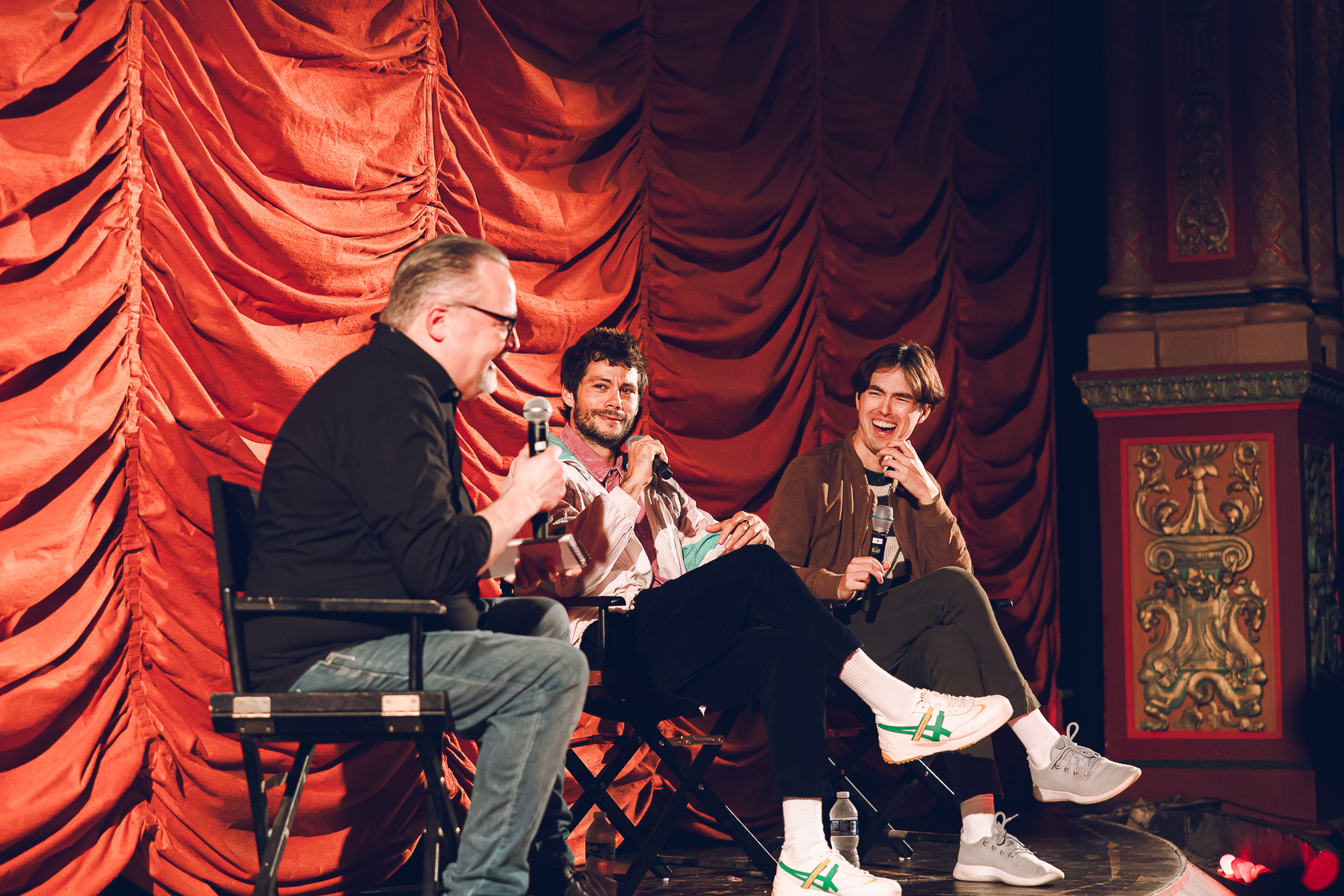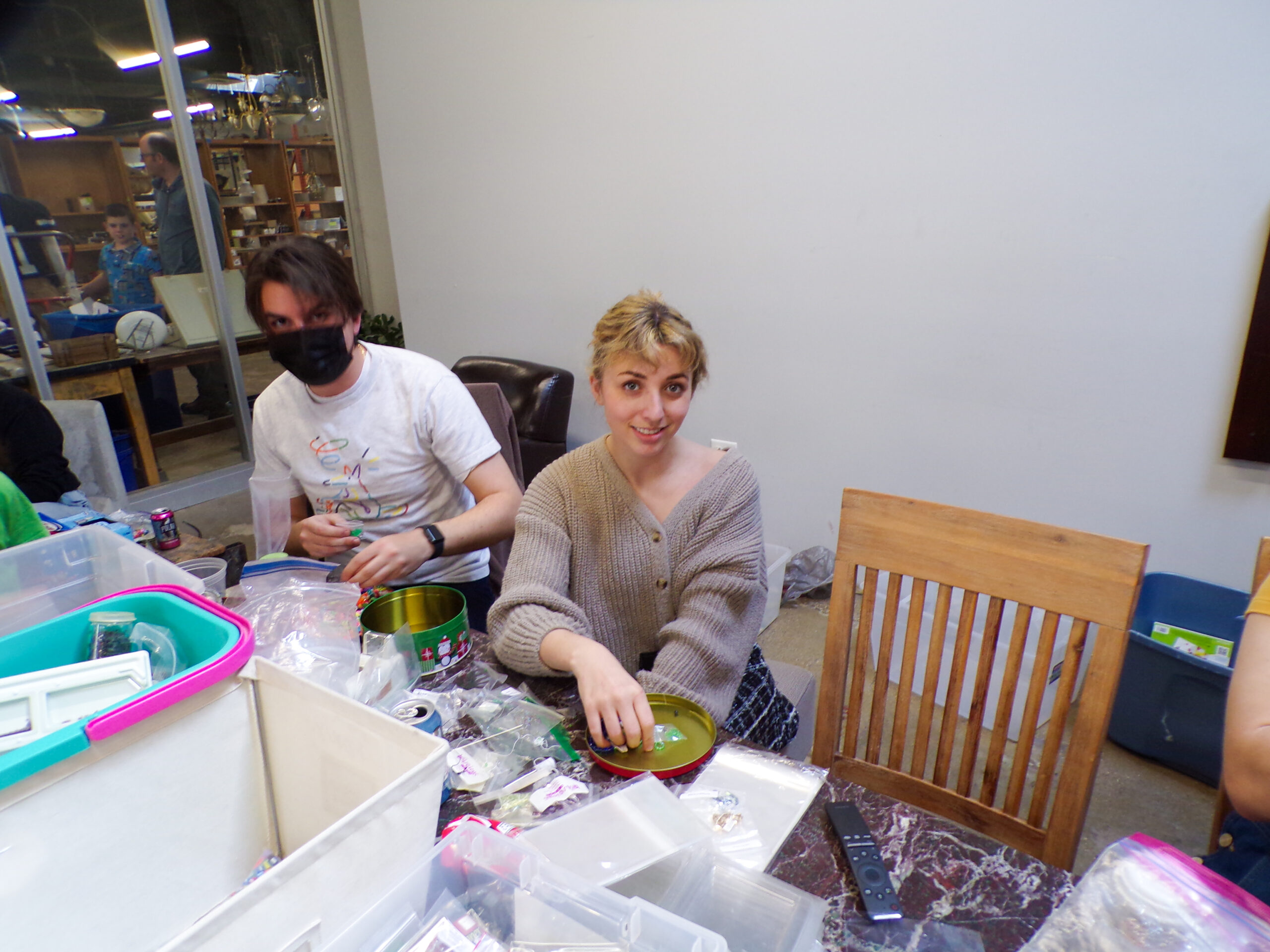The nonprofit now has 50 volunteers across and beyond Chicago — including Rogers Park — who transport, treat, foster and adopt their feathered friends.
Pigeons, once seen as legendary, royal birds, are now called “rats with wings” — but one Chicago advocacy group is trying to change that.
In 2018, Chava Sonnier co-founded the nonprofit Great Lakes Pigeon Rescue, then called Chicago Pigeon Pets Rescue. The nonprofit now has 50 volunteers across and beyond Chicago — including Rogers Park — who transport, treat, foster and adopt their feathered friends.
“If you can encourage people to develop compassion for a creature that is often stigmatized, then it’s an encouragement overall to be more compassionate for everyone around you,” Sonnier said.
Pigeons are legally considered domesticated and feral, not wild, so wildlife rescues are required to turn injured pigeons away, according to Sonnier. Yet, Sonnier said many domestic bird rescues can’t care for them because they specialize in parrots. She said GLPR helps close that gap.
In 2023, GLPR rescued 327 pigeons and placed 396 in adoptive or foster homes, according to Sonnier. The average lifespan for feral pigeons — like those on city sidewalks — is three to four years, but when they’re adopted or placed in aviaries, they can live up to 16 years, according to Sonnier.
“A domestically raised bird is no more able to live in the wild than if you took someone’s Yorkshire Terrier puppy, put them in a forest preserve and said, ‘Go be a wolf,’” Sonnier said.
One adopter, Rune Cuthrell, drove seven hours each way from their home in Manistee, Michigan to Chicago to pick up their adopted pigeon Toto. Cuthrell, a customer service representative at Superior Contact in Marquette, Michigan said taking care of Toto helps ease their anxiety.
“I’ve always been really fascinated with pigeons,” Cuthrell said. “They’re smart, beautiful, caring, silly birds.”
But Toto isn’t just any pigeon. To help with a spinal injury hindering his ability to fly and walk, Cuthrell said Toto does physical therapy, moving around by scooting with his wings. Along with Toto, who Cuthrell adopted in October, the 35-year-old has a turtle, a yellow-footed tortoise, a scorpion and fish.
It’s not just his movement that’s unique, it’s also his favorite food — pigeon peas. In fact, every pigeon has their own personality and tastes, according to GLPR volunteer Kara Williams.

Williams started volunteering for GLPR in 2018 by helping birds with stringfoot, a condition where pigeons’ feet are constricted by string or human hair.
“My whole life is birds,” Williams said.
Williams’ two adopted pigeons, Mikey and Rodo, were both rescued by GLPR. Williams said Mikey has neurological damage which causes him to walk backwards while Rodo — short for “rock dove,” another term for pigeons — only has one eye. But that one eye found its way to Mikey, Williams said, and the two lovebirds have been mates ever since.
“My experience is having ferals, and since they have each other, they’re not as interested in me,” she said. “But I’m just interested in them being happy.”
Domesticated animals have been tamed by humans over generations while feral animals were once domesticated but live in the wild without depending on humans, according to the American Museum of Natural History.
Besides Mikey and Rodo, Williams also fosters six to 10 pigeons at a time and has two adopted rabbits, which she helped rescue and foster before volunteering for GLPR. Unlike rabbits, pigeon caretaking involves smaller cages and “pigeon pants” — also called bird diapers — which allow them to fly around the house without leaving feces on the floor.
Taking care of pigeons isn’t all glamor. As a volunteer and foster, Williams has to perform “pigeon birth control,” or taking pigeon eggs and replacing them with fake ones every month. When birds arrive injured, volunteers clean up blood, give them baths and spray them for lice. Once the birds heal and grow strong, the volunteers take photos, write profiles for them on the GLPR Facebook and start looking for adopters.
Pigeons are often seen as dirty, defecating disease carriers, according to the National Audubon Society, an environmental non-profit organization. A major blemish on the birds’ reputation is their feces, including at the Irving Park Blue Line station, colloquially called the “pigeon poop station.”
However, Williams said they’re actually very clean.
“It’s so typical that humans have these very set concepts of animals,” she said. “They put animals in all these buckets, and I think they’ve done the same thing with pigeons.”
Horse trainer Anne Wasiljew is very familiar with pigeons’ unique personalities. In February she adopted Lloyd, a brown-feathered pigeon who loves safflower seeds, playing with stuffed animals and being blow-dried after baths.
“Pigeons are really underrated,” Wasiljew said. “I don’t think people are aware of how intelligent they are.”
Wasiljew, a 42-year-old who lives in Crestwood, Kentucky, said GLPR shipped Lloyd to her in the mail along with food to ensure his survival the two days in transit. To ensure birds’ safety, GLPR secures the box and only ships on certain days — never on weekends, holidays or during dangerous weather. When Lloyd arrived, Wasiljew waited at her post office until it opened and heard him happily cooing from inside the box.
GLPR was also a vital resource for Cuthrell, who said they felt overwhelmed when they first started thinking of adopting.
“I didn’t know where to begin, but they were so incredibly helpful,” Cuthrell said. “I would recommend anybody that’s interested to adopt a pigeon because they’re just so sweet, caring and they have huge personalities that bring a lot of enrichment into your life.”
Pigeons may be loving, but they’re also hardy, fierce and family-oriented — something pigeon racers use against them. Pigeon racing is a sport in which keepers release pigeons and have them race home over a certain distance. Williams said keepers may drug the birds, give them steroids and take advantage of how fast they’ll fly to return to their partners and babies.
The sport has been banned in Chicago since 2003, though it still carries on underground and almost became legal again in a short-lived 2018 campaign, according to the Chicago Sun-Times.
Many birds rescued by GLPR are lost or injured racing pigeons, Williams said.
“Pigeon racing is a terrible bloodsport,” she said. “If they aren’t winners, they kill them immediately.”
GLPR gets the most calls — around a dozen a day — about injured birds from May to October, which is pigeon racing season, according to Sonnier. Since they’re raised in captivity, racing pigeons are more vulnerable to hawk attacks, hitting cars or dying of starvation, she said.
GLPR works closely with Chicago Bird Collision Monitors, a similar organization for injured migratory birds.
Chicago Bird Collision Monitors was not available for comment.
“There are a lot of birds out there that shouldn’t be out there,” Williams said. “They don’t have the survival skills, so we have to help them.”
If someone sees an injured bird on the street, they can follow Chicago Bird Collision Monitors’ guidelines for containing the bird and reach out to GLPR, which has volunteers spread across the greater Chicagoland area, Williams said.
Featured image taken by Lilli Malone | The Phoenix.
-

Mao Reynolds is a fourth-year majoring in Multimedia Journalism and Italian Studies. He is Deputy Arts Editor and Crossword Editor for The Phoenix. When he’s not writing about the diversity of Loyola student life or reviewing neighborhood spots, he likes bragging about being from the Northeast and making collages from thrifted magazines.
View all posts

